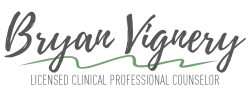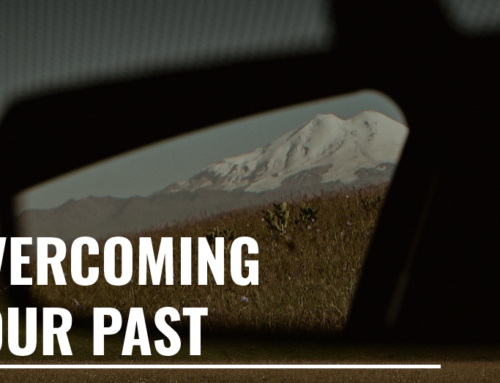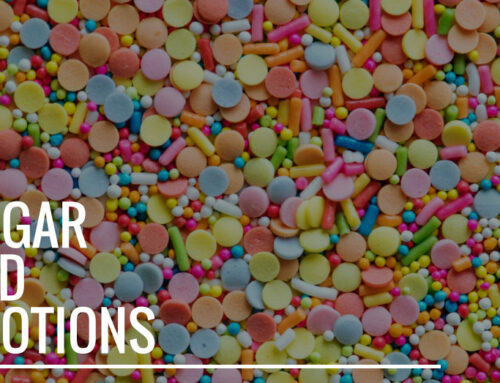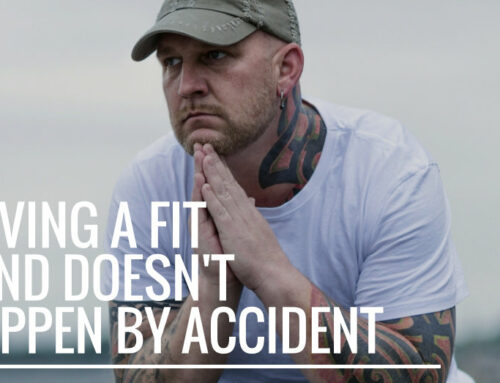Last Thursday night I was invited to speak to a Celebrate Recovery night at Life Church in Olathe, KS. The topic that I choose was shame. Below are the notes from that session.
The Inner Child
We do not choose what family or belief system that we are born into. As we grow through the stages of development, dysfunction and traumas can lock us up emotionally. These events can be shaming events. We start to think that shame is about us instead of what happened to us.
Healthy Shame
- Knowing your limits
- The feeling that lets me know that I’m limited
- Without healthy shame, I’m not in touch with my basic boundaries
- Boundaries utilize the word NO
- An addiction is not being able to say NO
- The whole self is fundamentally flawed and defective
- Is no longer an emotion that signals our limits; it is A state of being, A core identity
- Gives you A sense of worthlessness, A sense of failing, of falling short as A human being
- Is experience as an inner torment
Cover Up – Compulsive and Addictive Behaviors
One of the ways that we can cover the toxic shame in our lives is to cover it up with compulsive and addictive behaviors. The following list is also adapted from John Bradshaw:
- Ingestive Addictions
- Alcohol/Drugs
- Eating Disorders
- Feeling Addictions
- Rage Addictions
- Fear/Excitement
- Shame
- Guilt
- Thought Addictions
- Detailing
- Obsessive Compulsive Disorder
- Activity Addictions
- Gambling
- Sexual Addiction
- Buying (“Shopaholic”)
- Hoarding
- Working (“Workaholic”)
- Exercising
- Watching TV
- Video Game Playing
- Internet Addiction
- Will Addictions
- Addicted to our own will
“…Yet this is no cause for shame, because I know whom I have believed, and am convinced that he is able to guard what I have entrusted to him until that day.” 2 Timothy 1:12b








[…] runs in a cycle (see Patrick Carnes’ drawing (Figure 2.3)). It starts with the belief about myself that is shame-based and my identity is based on shame. […]